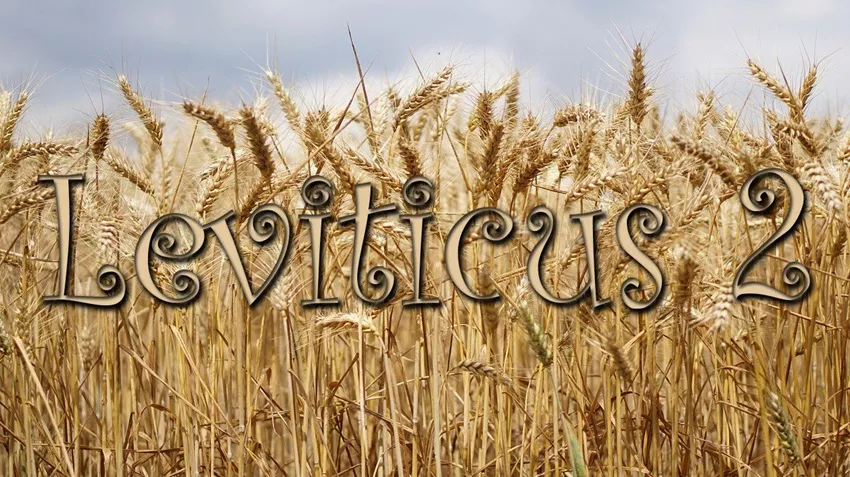Leviticus Chapter 2 Summary
Leviticus Chapter 2 focuses on the regulations for grain offerings, an essential part of Israel’s sacrificial system. These offerings were to be made of fine flour, often accompanied by oil and frankincense, symbolizing purity, gratitude, and worship. The grain offering could be baked into loaves, cakes, or offered as raw flour, and it was presented to the priest who would burn a portion of it on the altar. The rest of the offering was given to the priests as their share. Importantly, no leaven or honey was allowed, as these represented corruption and impurity. This offering symbolized a devotion of the heart to God, with the understanding that every blessing comes from Him.
Bible Leviticus Chapter 2
Welcome to read Leviticus Chapter 2. Here is the list of Exodus Chapter 2:
What Does Leviticus Chapter 2 Teach Us?
Leviticus Chapter 2 details the laws regarding the grain offering, another aspect of the sacrificial system in the Old Testament. While the grain offering was different from the burnt offering in that it was a vegetable offering rather than an animal sacrifice, it still served as a means of worship and reconciliation with God. The chapter presents important spiritual principles that have significance for Christians today. Below are key teachings from Leviticus 2:
1. Offering the Firstfruits
Leviticus 2:12 mentions that the grain offering could include firstfruits of the harvest, a gesture of gratitude and recognition of God as the provider. This act of giving the first and best of the harvest emphasizes the principle of prioritizing God. For Christians, this is reflected in the call to offer God the best of our time, talents, and resources as an expression of gratitude for His provision (Proverbs 3:9-10).
2. The Role of Unleavened Bread
The grain offering was to be presented with unleavened bread or cakes, symbolizing purity and holiness. Leaven, which in Scripture often symbolizes sin (1 Corinthians 5:6-8), was to be avoided in the offering. This teaches that God desires our worship and service to be pure and free from sin. Christians are called to live lives that reflect holiness, not only in worship but in all areas of life (Romans 12:1).
3. Gratitude and Dedication
The grain offering was primarily an offering of thanksgiving and dedication. Unlike the burnt offering, which addressed sin, the grain offering expressed thankfulness and devotion to God. For Christians, this is a reminder that our relationship with God should be characterized not only by repentance but also by thankfulness for His goodness. We are encouraged to offer ourselves as living sacrifices, holy and pleasing to God (Romans 12:1).
4. The Role of Salt
In Leviticus 2:13, it is commanded that salt be included in every grain offering. Salt in the Bible symbolizes preservation and covenant. It was used to emphasize the eternal nature of God’s promises and the need for believers to remain faithful to the covenant. For Christians, the inclusion of salt in the offering symbolizes the permanence and faithfulness of God’s covenant through Christ. We are called to be salt and light in the world, preserving truth and spreading the gospel (Matthew 5:13).
5. The Significance of a Voluntary Offering
The grain offering was voluntary, meaning it was not required like the sin offering but was given out of gratitude and love for God. This shows that worship and service to God should never be out of mere obligation, but out of a willing heart. In Christianity, this principle is reiterated as we are called to love God and serve Him willingly and joyfully (2 Corinthians 9:7).
Related topics:


